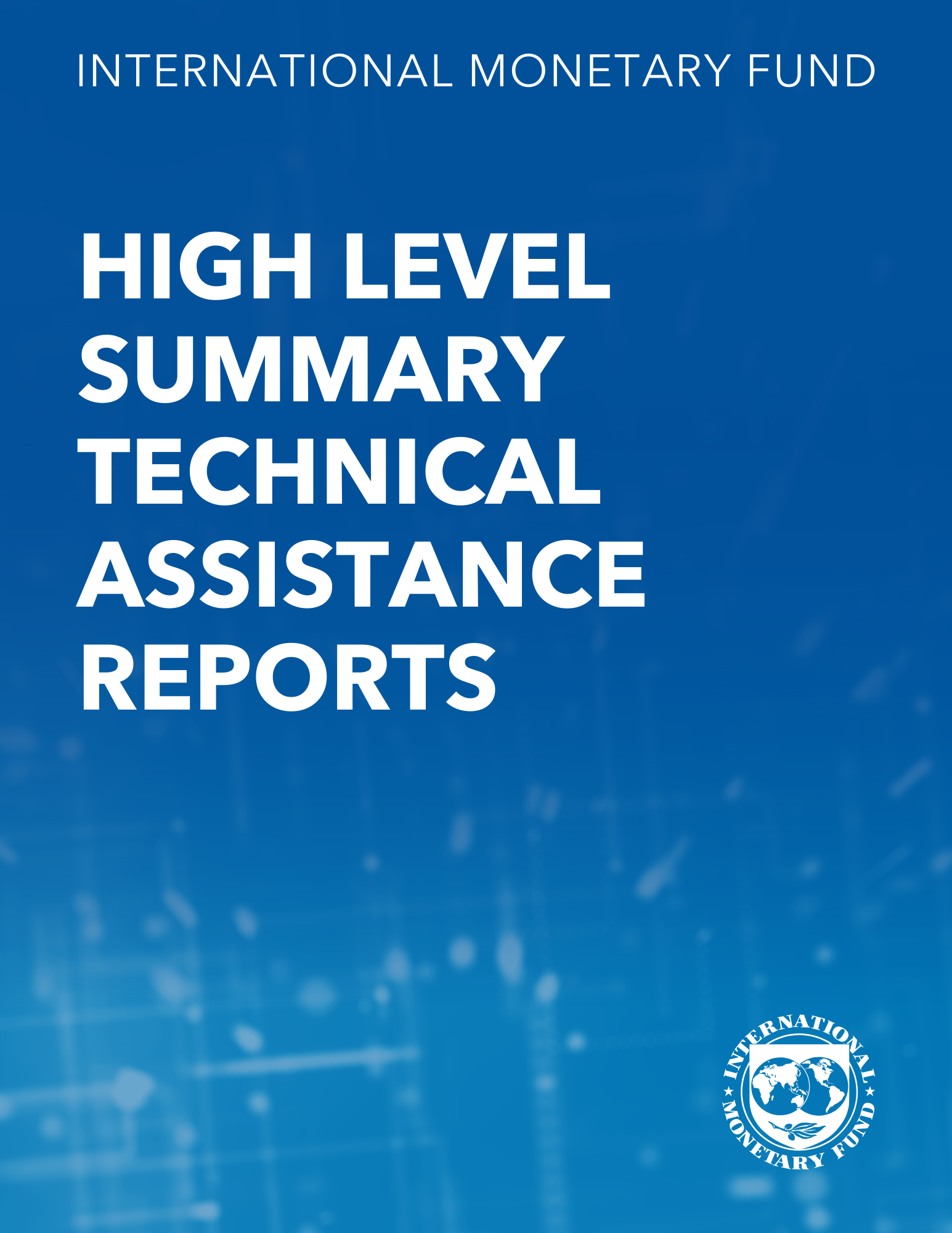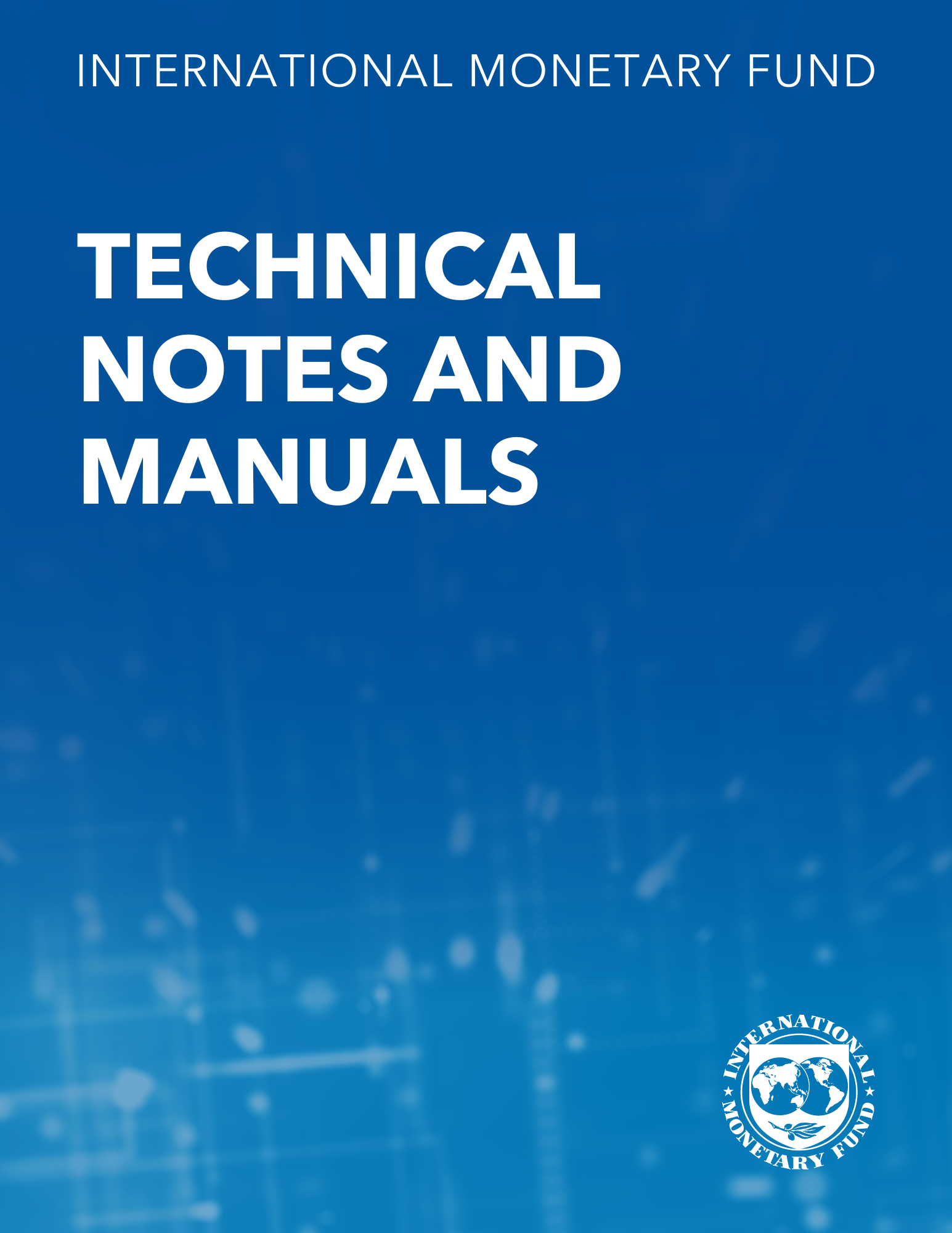Georgia: Financial Sector Assessment Program-Safety Nets, Bank Resolution, and Crisis Preparedness and Management Arrangements -Technical Note
January 8, 2015
Summary
Recent experience in handling troubled banks was limited. The National Bank of Georgia (NBG) is the lead authority responsible for managing problem banks, as it can appoint a temporary administrator, declare a bank as insolvent and bankrupt, and commence a liquidation procedure. In the 1990s, market entry was not subject to significant restrictions, and the number of banks operating in Georgia reached a peak of 229 in 1994. Since then, the authorities have commenced a significant number of liquidation procedures, and the last cases based on insolvency grounds have been closed in 2009. Therefore, the legal framework for bank resolution and liquidation has not been applied to a significant extent in recent times. The framework for emergency liquidity assistance (ELA) has been improved, but enhancement is needed to protect the NBG against financial risk. The NBG is explicitly authorized to provide ELA to commercial banks that are considered to be viable, and a 2012 NBG decree sets out certain procedural rules governing the disbursement of the ELA. However, when financial stability is endangered, rules on collateral, interest rate, and duration of the facility can be relaxed. This special carve-out can expose the NBG to financial risks—the existence of a systemic threat, rather, calls for a role to be played by the government. Moreover, provisions on collateral, interest rate, and duration should be updated to better take into account the specificities of ELA, and accountability mechanisms should be enhanced. The bank resolution and liquidation regime presents important shortcomings. The NBG can take control of a problem bank by appointing a temporary administrator, which can, in theory, arrange for certain resolution transactions. The bank liquidation framework is prescribed in more detail, given the significant experience gained by the NBG in the past. However, the bank resolution framework lacks a number of important features and several amendments are needed to update it in line with emerging international best practices, with a view to enabling the authorities to implement a speedy and cost-effective resolution process.
Subject: Bank liquidation, Bank resolution, Bank resolution framework, Banking, Financial crises, Lender of last resort, Temporary administration
Keywords: bank license, Bank liquidation, bank resolution, Bank resolution, Bank resolution framework, CR, ELA regime, ISCR, Lender of last resort, NBG law, NBG monetary policy operation, problem bank, resolution tool, tax authorities, Temporary administration
Pages:
33
Volume:
2015
DOI:
Issue:
008
Series:
Country Report No. 2015/008
Stock No:
1GEOEA2015002
ISBN:
9781498375979
ISSN:
1934-7685







